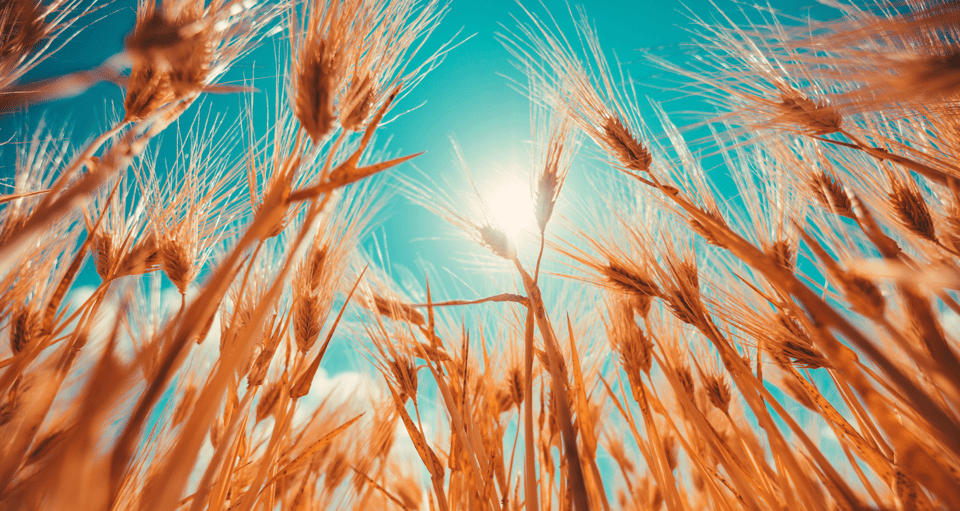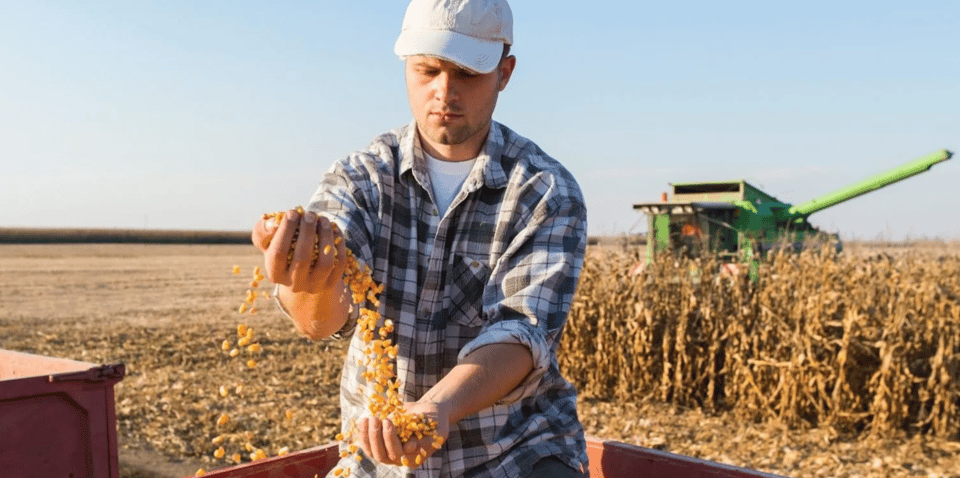The Chicago Mercantile Exchange (CME) offers a variety of agricultural futures contracts for public trade. From grains to livestock, hedgers and speculators alike have access to a diverse array of alternatives. Two of its premier offerings are live and feeder cattle futures.
Let’s take a look at three key drivers of cattle futures prices.
1. Supply and Demand
As with all commodities, the ongoing relationship between supply and demand plays a big role in the cattle futures markets. Generally, prices rise when demand grows or supply dwindles disproportionately, and price tends to fall when demand slips or supply grows.
Here are three key factors that may significantly impact the supply-demand curve for cattle:
Weather
Inclement weather is one of the most important considerations when addressing the beef supply. Exceedingly cold or wet winters can hamper animal weights and cause untimely deaths, thereby decreasing herd strength. Also, extended periods of bad weather pose logistics challenges, limiting deliveries to market. In either case, supply is negatively impacted and cattle futures prices are positioned to rise.
Disease
The onset of disease is a major cattle market driver. During the 2003 outbreak of mad cow disease in the U.S., it was estimated that the country’s beef industry would lose upward of $2 billion from the fallout. In the immediate aftermath of the outbreak, cattle futures prices fell nearly 20 percent over five days as U.S. exports went offline because of the contagion.
Consumer Behavior
The consumption of beef hinges on many factors, both economic and societal. From an economic standpoint, income levels and the price of protein substitutes are key drivers of beef demand. Also, societal factors such as changes in population size and dietary trends can greatly influence demand.
2. Producer Costs
Whether cultivating crops or tending to livestock, the sunk costs faced by ag producers influence the relative price of the underlying commodity. These costs are normally “priced in” to the market and have a positive or negative influence on asset values.
For beef producers, there are two primary sunk costs that can affect cattle futures prices:
Feed Costs
The costs of hay (alfalfa) and grain (corn) are primary market drivers of beef prices. Although the price of corn has historically shown a negative correlation with cattle prices, rising alfalfa and corn prices definitely contribute to higher feed costs. Given constant or strong demand, this can be a positive underpinning for spot and futures market cattle prices.
Logistics
The transport of livestock to market by truck or rail involves a substantial capital outlay. Fuel prices, distances traveled, and transported volumes can all drive the cost of logistics higher or lower. Ultimately, changes in the cost of logistics may send beef futures higher or lower at market.
3. Strength of the U.S. Dollar
Like the other CME commodity contracts, live and feeder cattle futures prices are denominated in U.S. dollars and cents per pound. Thus, pricing is inherently sensitive to fluctuations in the value of the U.S. dollar (USD).
The relative strength of the USD impacts cattle futures in two ways:
Bullish
During inflationary cycles, the purchasing power of the USD becomes diminished. Under this scenario, cattle futures are poised to rally. This tendency was evident in summer 2021 when live cattle futures rose more than 5 percent as the USD struggled to hold its ground.
Bearish
A period of deflation or hawkish monetary policy from the U.S. Federal Reserve can lead to weaker cattle prices. Generally, rising interest rates and tighter lending practices contribute to decreasing cattle and commodity prices.
It Takes Good Psychology to Profit from Cattle Futures Prices
If you’re a producer interested in hedging risk or a speculator in search of opportunity, CME ag futures can help. However, to profit in these exciting markets, it’s important to first develop a winning mindset.



